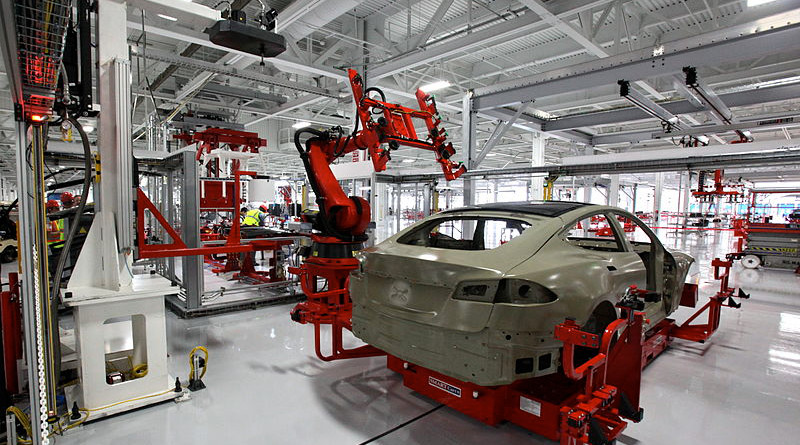Behind the Smokestacks: The Real Story of American Manufacturing's Resilience

In recent months, the Trump administration has escalated economic tensions with China through an aggressive tariff strategy that has dramatically increased trade barriers. The current trade landscape now sees punitive tariffs on Chinese exports to the United States soaring to an unprecedented 145%, signaling a significant economic confrontation between the world's two largest economies.
These mounting tariffs represent more than just a financial challenge; they reflect a complex geopolitical strategy aimed at reshaping international trade dynamics. By imposing such substantial trade barriers, the United States is attempting to pressure China on multiple fronts, including trade practices, intellectual property protection, and global economic influence.
The escalating trade war has far-reaching implications for businesses, consumers, and economic relationships on both sides of the Pacific. Chinese manufacturers and exporters are facing unprecedented challenges, while American companies and consumers are also feeling the ripple effects of these aggressive trade policies.
As tensions continue to simmer, economists and policy experts are closely monitoring the potential long-term consequences of this economic standoff. The unprecedented tariff levels suggest that the trade dispute between the United States and China is far from reaching a resolution, with significant economic and diplomatic ramifications likely to unfold in the coming months.
